Are you a fan of companion plants for rhubarb? This tart, colorful vegetable is a popular choice for pies, jams, and sauces. But did you know that companion planting can enhance the growth and flavor of your rhubarb plants? By choosing the right plants to grow alongside your rhubarb, you can improve soil health, deter pests, and attract beneficial insects. In this article, we’ll explore the best companion plants for rhubarb, along with the benefits they provide.
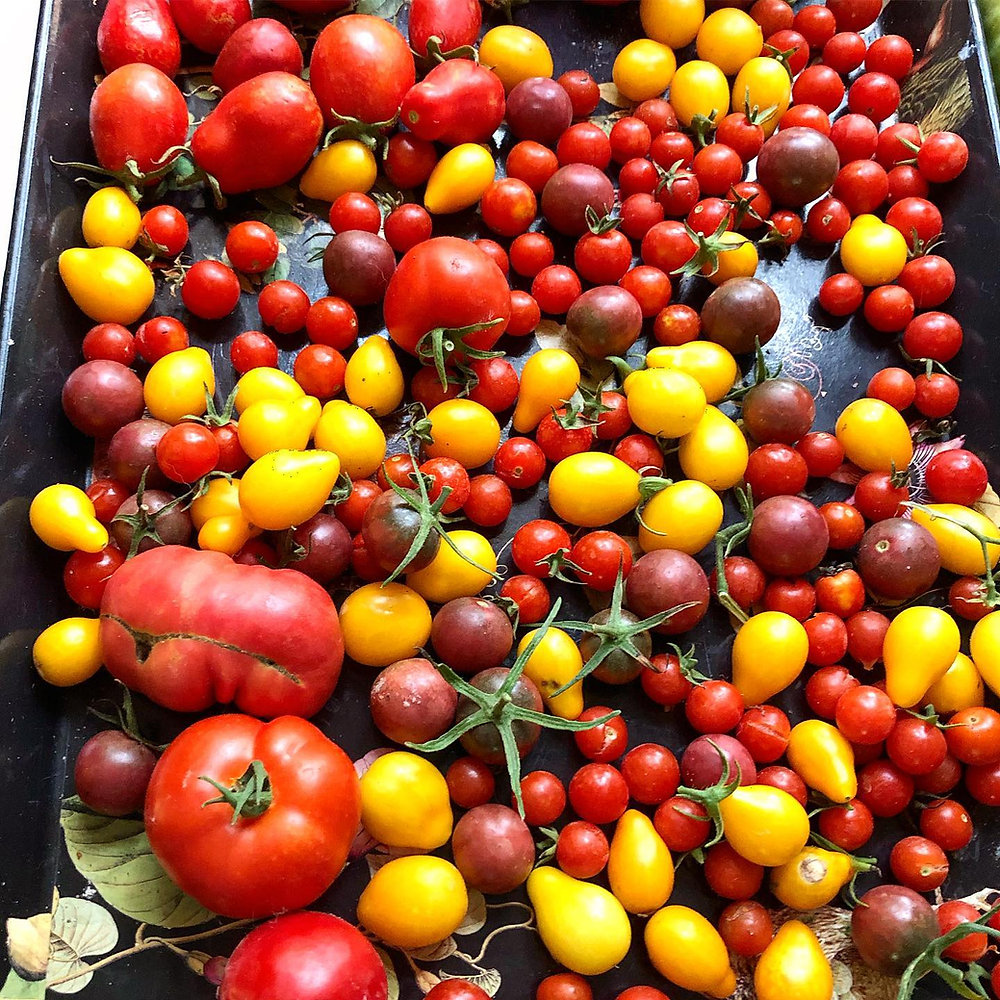
As a lover of gardening and all things edible, I am definitely a fan of companion plants for rhubarb. Not only do they add aesthetic value to my garden, but they also provide numerous benefits for my rhubarb plants. Rhubarb, with its tart and colorful stalks, is a popular choice for pies, jams, and sauces. But what many people don’t realize is that companion planting can greatly enhance the growth and flavor of this vegetable.
Companion planting is the practice of growing different plants together in close proximity for mutual benefit. This technique has been used for centuries by farmers and gardeners to improve crop yields, control pests, and promote overall plant health. When it comes to rhubarb, there are several plants that make great companions and can help your rhubarb thrive.
One of the main benefits of companion planting for rhubarb is improved soil health. Rhubarb is a heavy feeder and requires nutrient-rich soil to grow well. By planting nitrogen-fixing plants such as legumes or clover alongside your rhubarb, you can help replenish the soil with essential nutrients. These plants have the ability to convert atmospheric nitrogen into a form that is usable by other plants, thus enriching the soil and promoting healthy growth of your rhubarb.
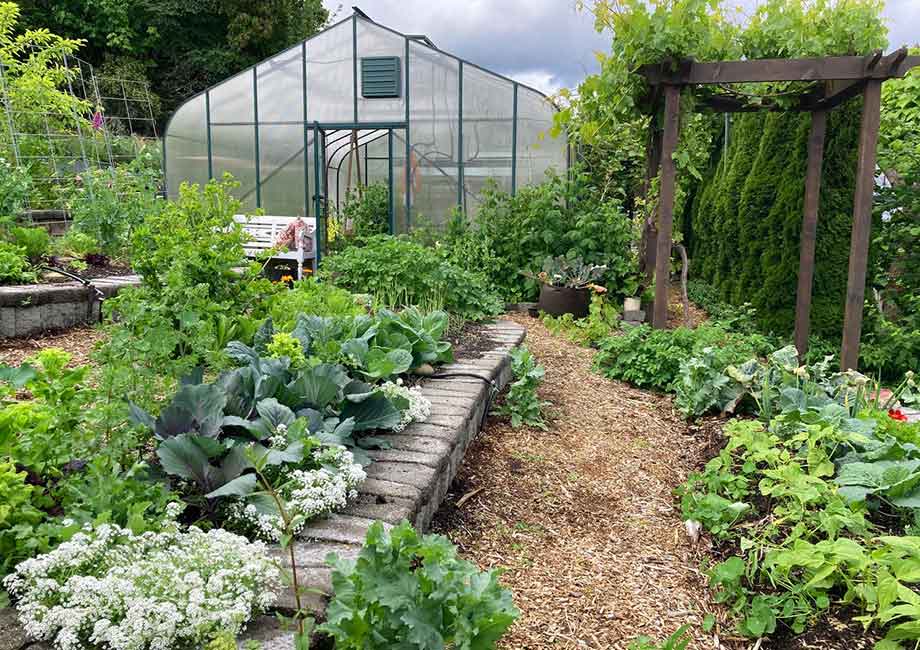
Another advantage of companion planting for rhubarb is pest control. Rhubarb is susceptible to a variety of pests, including aphids, slugs, and snails. However, by interplanting with certain herbs and flowers, you can naturally repel these pests and protect your rhubarb. For example, planting garlic, chives, or mint near your rhubarb can deter aphids and other insects. Marigolds are also known to repel pests and can be planted around the perimeter of your rhubarb patch to act as a natural barrier.
In addition to deterring pests, companion plants can also attract beneficial insects to your garden. Ladybugs, lacewings, and hoverflies are all natural predators of common rhubarb pests and can help keep them in check. By planting flowers such as dill, fennel, and yarrow near your rhubarb, you can attract these beneficial insects and create a balanced ecosystem in your garden.
Companion plants for rhubarb can also serve as a living mulch, helping to retain moisture in the soil and suppress weed growth. Plants with dense foliage, such as comfrey or borage, can be grown around the base of your rhubarb plants to act as a natural mulch. This will not only conserve water but also reduce the need for frequent weeding.
Furthermore, some companion plants can improve the flavor of your rhubarb. For example, strawberries are often planted alongside rhubarb as they have a symbiotic relationship. The strawberries provide ground cover, suppressing weeds and retaining moisture, while the rhubarb provides shade and helps keep the strawberries cool. In return, the strawberries release compounds that enhance the flavor of the rhubarb, resulting in sweeter and more flavorful stalks.
In conclusion, there are numerous benefits to companion planting for rhubarb. By choosing the right plants to grow alongside your rhubarb, you can improve soil health, deter pests, attract beneficial insects, and even enhance the flavor of your harvest. So why not give it a try? Your rhubarb (and taste buds) will thank you!
1. Enhancing Soil Health
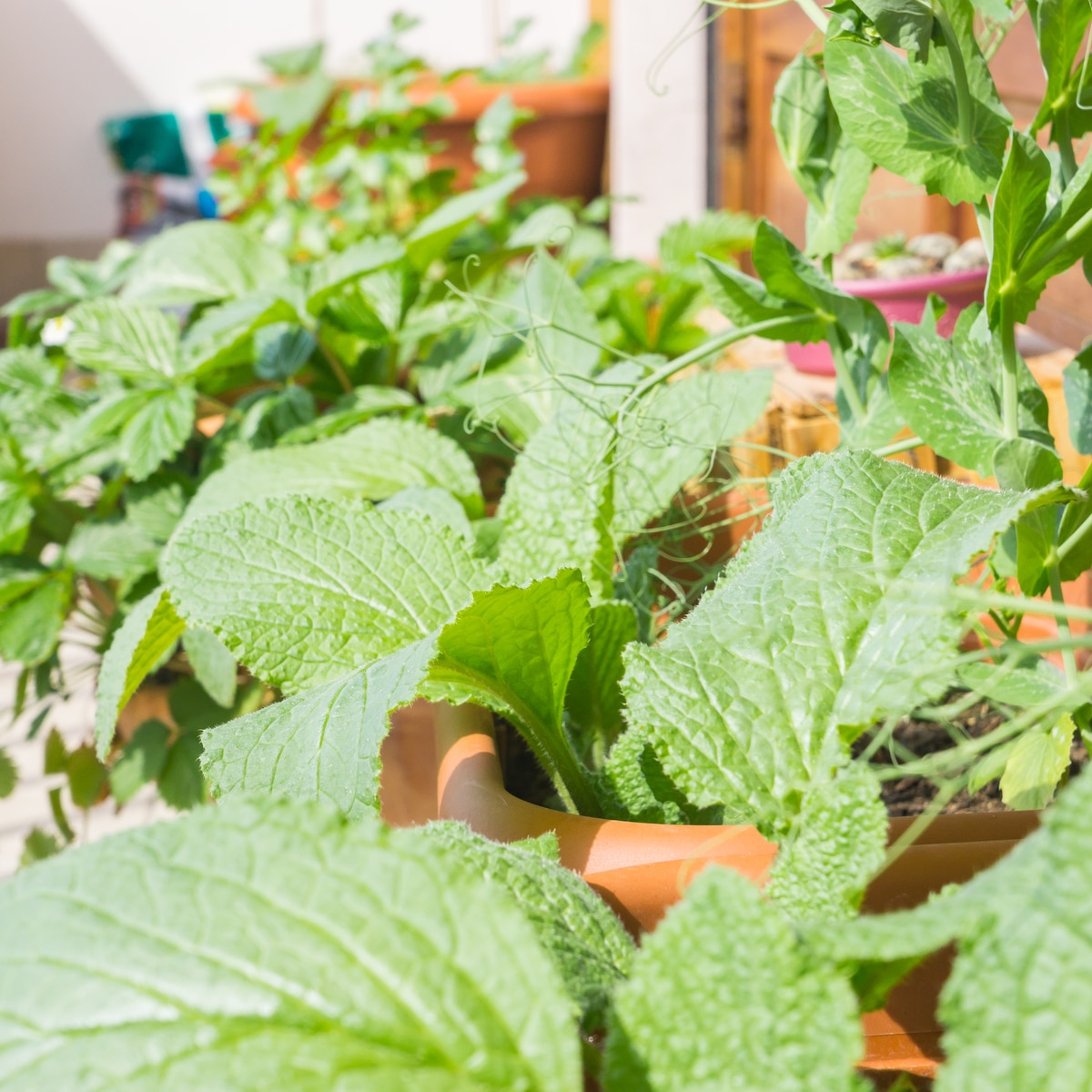
The Importance of Healthy Soil for Rhubarb
Before we dive into specific companion plants, it’s important to understand why soil health is crucial for growing healthy, flavorful rhubarb. Rhubarb requires well-drained, fertile soil with a pH level between 5.5 and 6.5. If the soil is too acidic or too alkaline, the plant may struggle to absorb nutrients from the soil. Additionally, rhubarb is a heavy feeder, meaning it requires a lot of nutrients to grow properly. Without adequate nutrition, your rhubarb plant may produce smaller, less flavorful stalks.
Companion Plants that Improve Soil Health
Luckily, there are several companion plants that can help improve soil health for your rhubarb. These include:
- Comfrey: This herb has deep roots that bring nutrients up from deeper in the soil, making them available for your rhubarb to absorb.
- Legumes: Legumes such as peas, beans, and clover are nitrogen-fixing plants, meaning they take nitrogen from the air and convert it into a form that can be absorbed by other plants.
- Marigolds: Marigolds have long been used as a companion plant due to their ability to repel nematodes and improve soil structure.
2. Deterring Pests
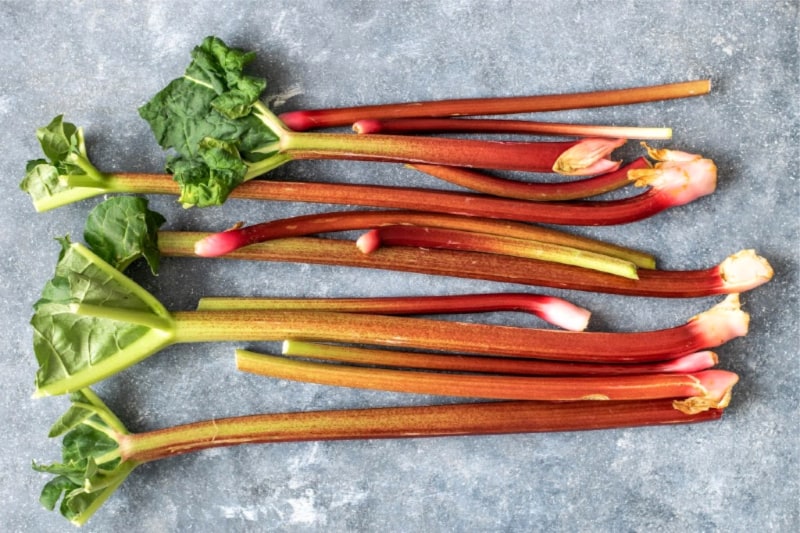
Common Pests for Rhubarb
While rhubarb plants are generally hardy and pest-resistant, there are a few pests that can cause problems. These include:
- Slugs and Snails: These slimy creatures can damage young rhubarb plants by eating the leaves and stems.
- Aphids: Aphids are small insects that feed on the sap of plants, causing stunted growth and distorted leaves.
- Flea Beetles: These tiny black beetles can chew small holes in the leaves of rhubarb plants.
Companion Plants that Deter Pests
To help keep these pests at bay, consider planting the following companion plants alongside your rhubarb:
- Garlic and Onions: Both garlic and onions have strong scents that can repel insects such as slugs and aphids.
- Nasturtiums: These bright, flowering plants can attract predatory insects that feed on aphids and other pests.
- Basil: This fragrant herb is not only delicious but also acts as a natural insect repellent for certain pests.
3. Attracting Beneficial Insects
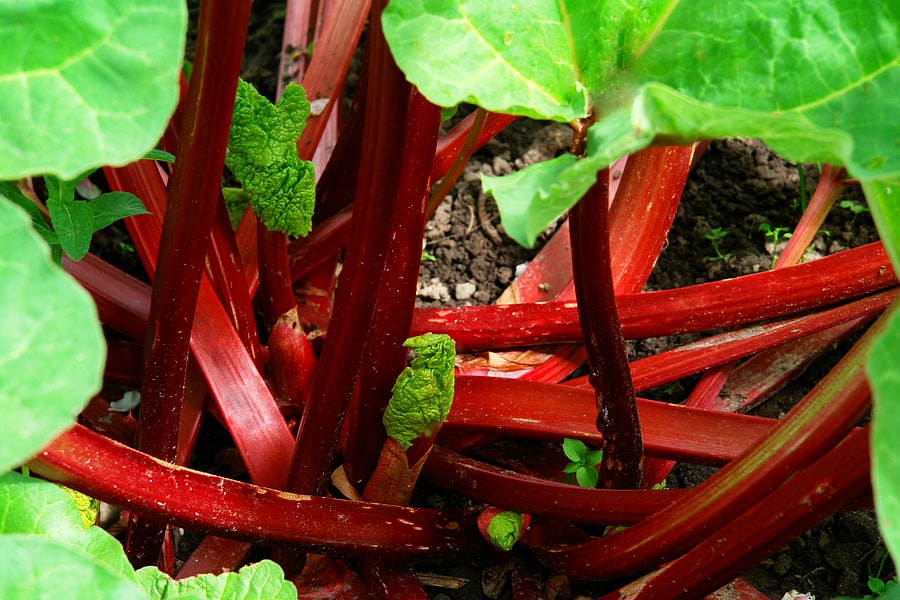
The Importance of Beneficial Insects for Rhubarb
In addition to deterring pests, it’s important to attract beneficial insects to your garden to ensure the health and growth of your rhubarb. These insects can help pollinate your plants, control pest populations, and improve soil health.
Companion Plants that Attract Beneficial Insects
Some of the best companion plants for attracting beneficial insects to your rhubarb garden include:
- Lavender: This beautiful, fragrant flower attracts pollinators such as bees and butterflies.
- Yarrow: Yarrow has tiny flowers that attract hoverflies, which feed on aphids and other harmful insects.
- Dill: This herb is a favorite of ladybugs, which are known to eat aphids and other soft-bodied pests.
4. Companion Plants for Weed Control
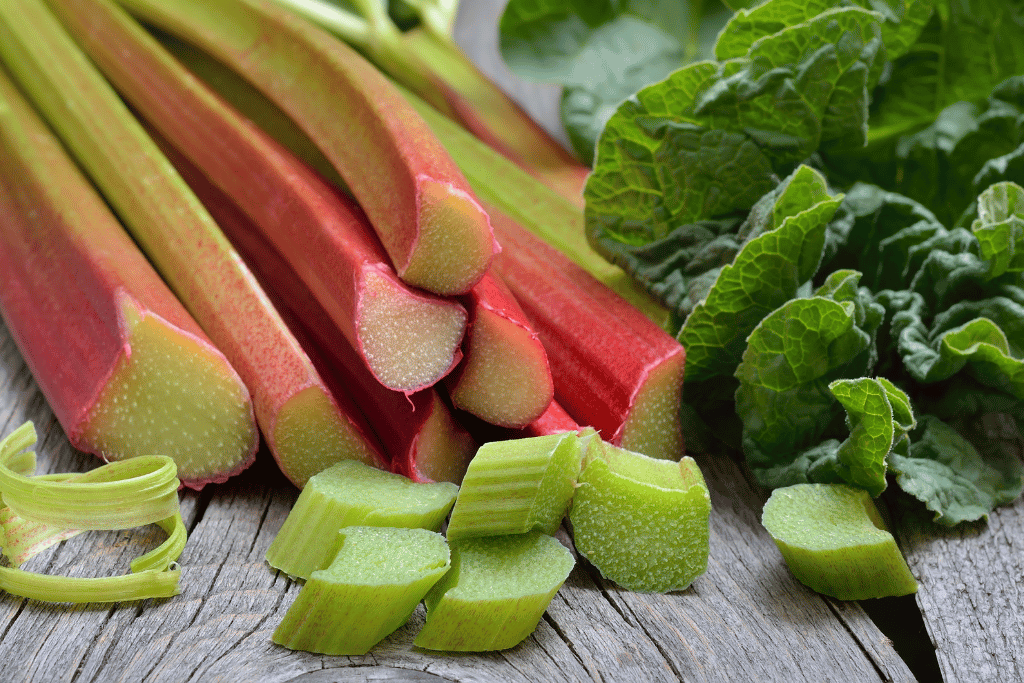
The Importance of Weed Control for Rhubarb
Weeds can be a nuisance in any garden, but they can be particularly problematic for rhubarb plants. Weeds compete with your rhubarb for nutrients and water, which can stunt the growth of your plant. Additionally, weeds can attract pests and diseases that could harm your rhubarb.
Companion Plants for Weed Control
To help keep weeds at bay, consider planting these companion plants alongside your rhubarb:
- Strawberries: Not only do strawberries make a delicious addition to any garden, but they also act as a living mulch, covering the soil and preventing weed growth.
- Mint: This fragrant herb spreads quickly and can outcompete weeds for space and resources.
- Buckwheat: Buckwheat is a fast-growing annual that can suppress weed growth by shading them out.
5. Improving Flavor Combinations
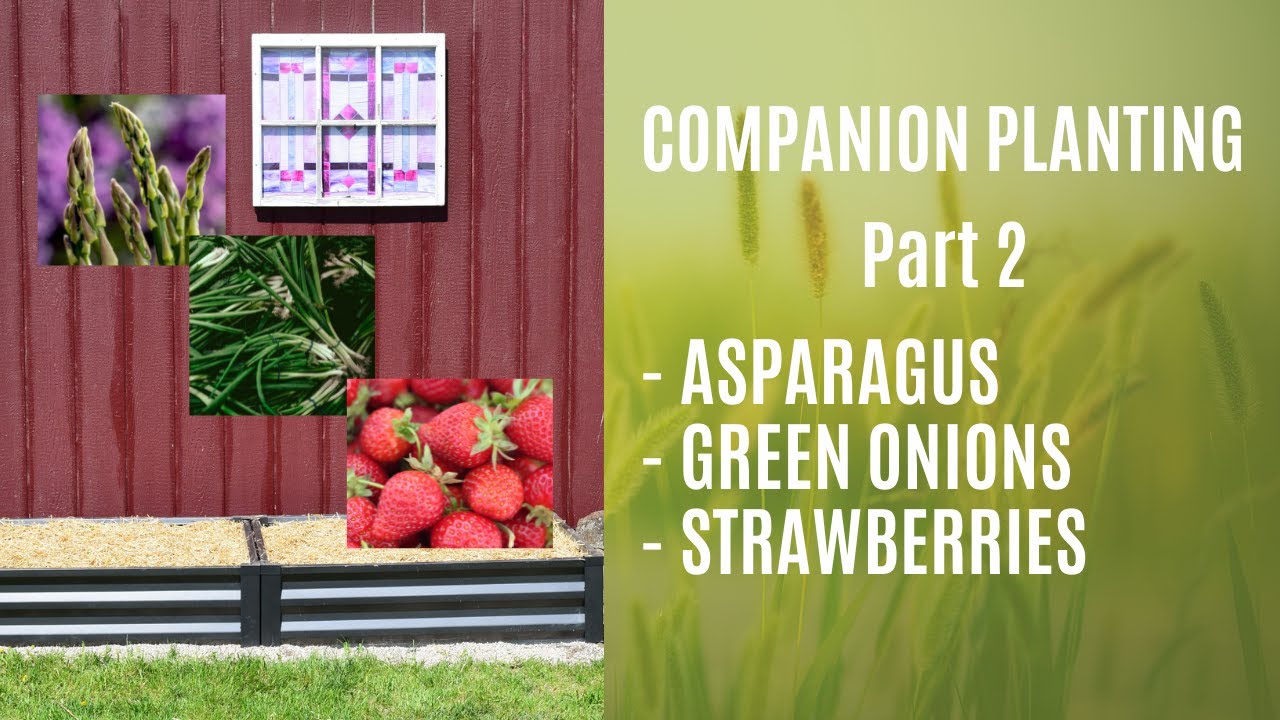
Choosing Complementary Flavors for Rhubarb
One of the benefits of companion planting is that it can improve the flavor of your crops. By choosing plants with complementary flavors to grow alongside your rhubarb, you can create a more flavorful harvest.
Companion Plants for Improved Flavor
Some companion plants that pair well with rhubarb include:
- Strawberries: As mentioned earlier, strawberries make a great companion plant for rhubarb. They also happen to be a delicious pairing in pies, jams, and sauces!
- Apple Trees: If you have the space, consider planting an apple tree near your rhubarb. The sweet-tart flavor of apples pairs well with the tartness of rhubarb.
- Chives: Chives have a mild onion flavor that can enhance the tanginess of rhubarb when used in savory dishes.
FAQs
What is the best time of year to plant companion plants for rhubarb?
The best time to plant companion plants for rhubarb is in the spring, alongside your rhubarb plants. This will give them time to establish and grow alongside your rhubarb throughout the growing season.
How far apart should companion plants be planted from rhubarb?
Companion plants should be planted at least 12 inches away from rhubarb to avoid competition for nutrients and space.
Can I plant any vegetable or herb alongside my rhubarb?
While some vegetables and herbs can make good companion plants for rhubarb, it’s important to research which plants work well together. For example, avoid planting potatoes near rhubarb as they can attract pests that may also harm your rhubarb.
Can I plant multiple companion plants together?
Yes, you can plant multiple companion plants alongside your rhubarb. In fact, planting a diverse range of companion plants can provide even more benefits for your rhubarb.
Are there any plants that should not be planted with rhubarb?
Avoid planting brassicas (such as broccoli, cabbage, and kale) near rhubarb, as they have similar nutrient requirements and may compete with each other.
Conclusion
Companion planting is a great way to improve the growth and flavor of your rhubarb plants. By choosing the right plants to grow alongside your rhubarb, you can enhance soil health, deter pests, attract beneficial insects, control weeds, and create delicious flavor combinations. Consider incorporating some of these companion plants into your garden this growing season to see the benefits for yourself. Happy gardening!
